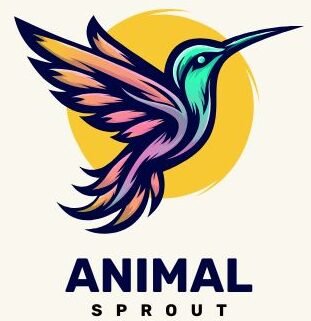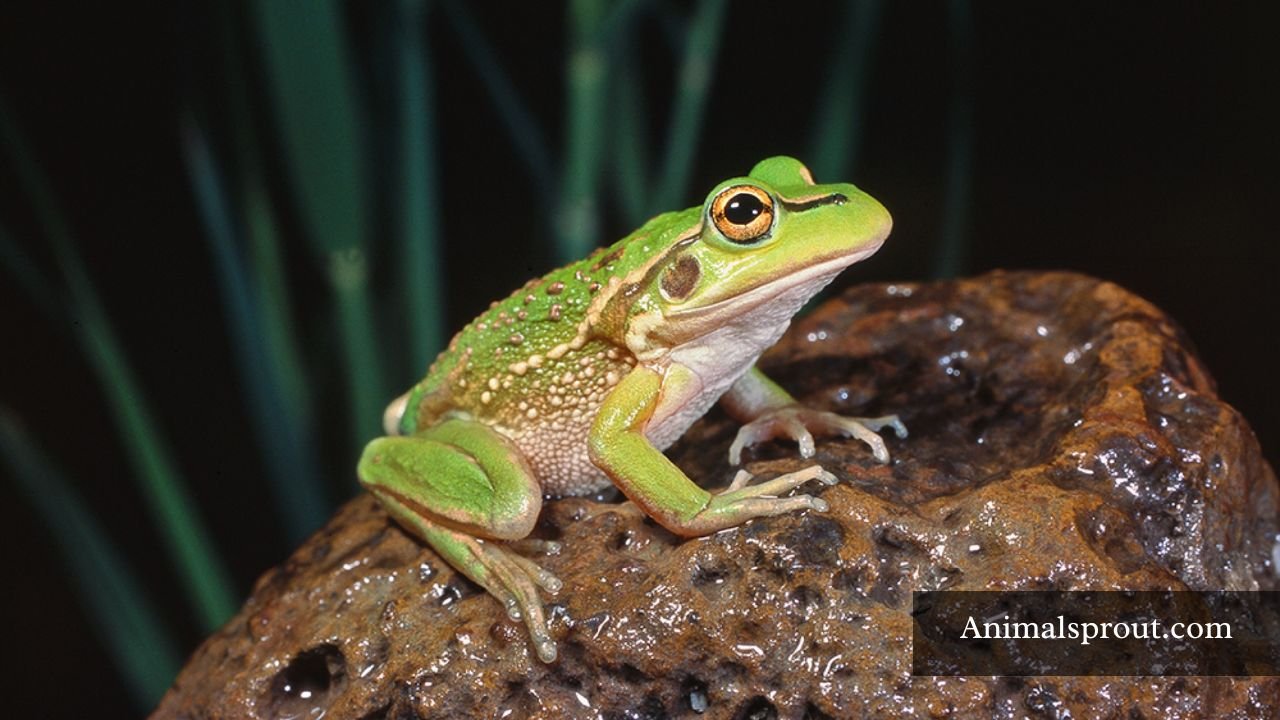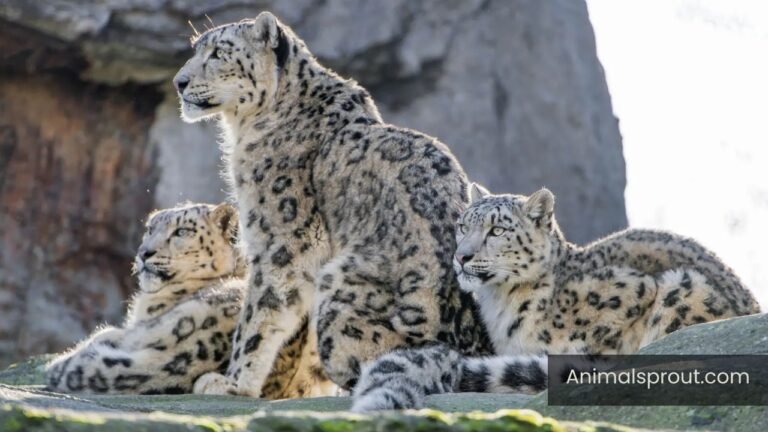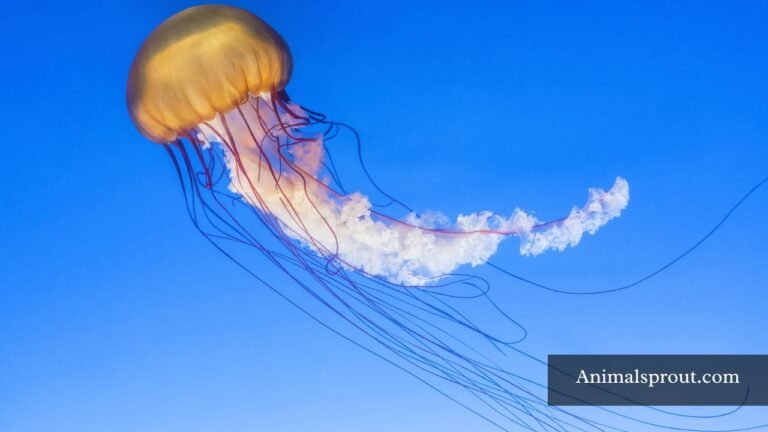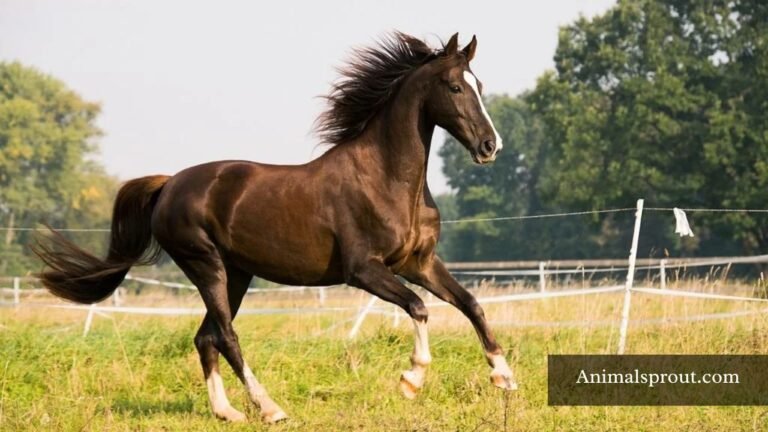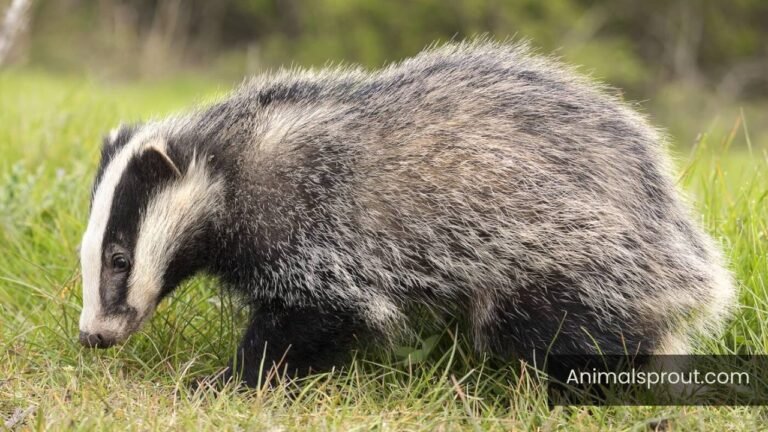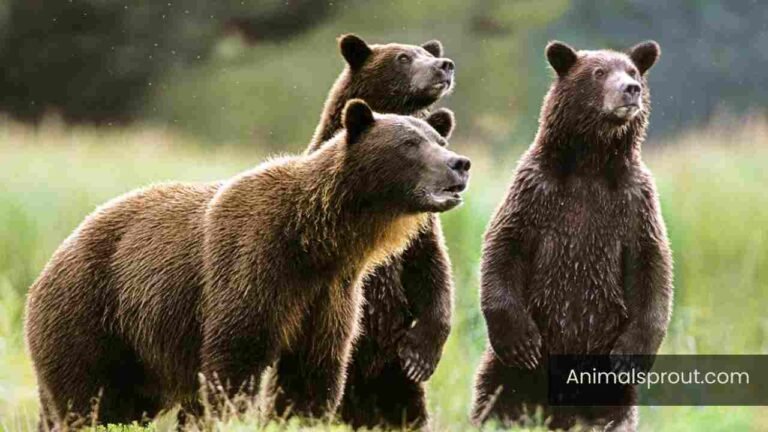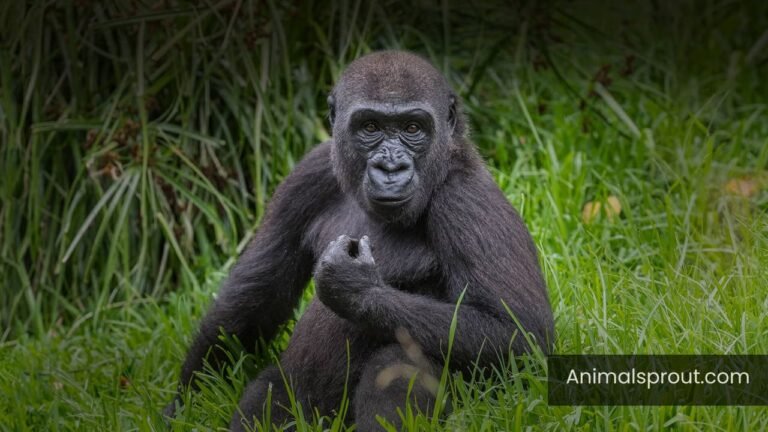Explore Top 16 Animals That Eat Frogs In The World (With Images)
From the depths of lush rainforests to your local pond, various animals feast on frogs, making them an integral part of many ecosystems. In this article, we delve into the intriguing world of animals that eat frogs, revealing their hunting techniques and dietary preferences.
List of Animals That Eat Frogs
Below is the list of animals that eat frogs:
| Number of Animals | Names of Animals that like to eat frogs |
| 1 | Snakes |
| 2 | Raccoons |
| 3 | Cranes |
| 4 | Skunks |
| 5 | Alligators |
| 6 | Herons |
| 7 | Owls |
| 8 | Otters |
| 9 | Monitor lizards |
| 10 | Pike |
| 11 | Opossums |
| 12 | Turtles |
| 13 | Largemouth Bass |
| 14 | Foxes |
| 15 | Hawks |
| 16 | Other frogs |
Snakes
Class: Reptilia
Diet: Carnivorous
In the intricate web of nature, snakes stand out as some of the most adept predators of frogs. Their hunting techniques are as varied as their species, with some using ambush tactics while others actively pursue their slippery prey. The agile garter snake, for instance, has a remarkable ability to blend into its surroundings, waiting patiently for an unsuspecting frog to wander too close. This stealthy approach allows them to strike with lightning speed, swallowing their catch whole — a spectacle that underscores the raw efficiency of nature’s design.
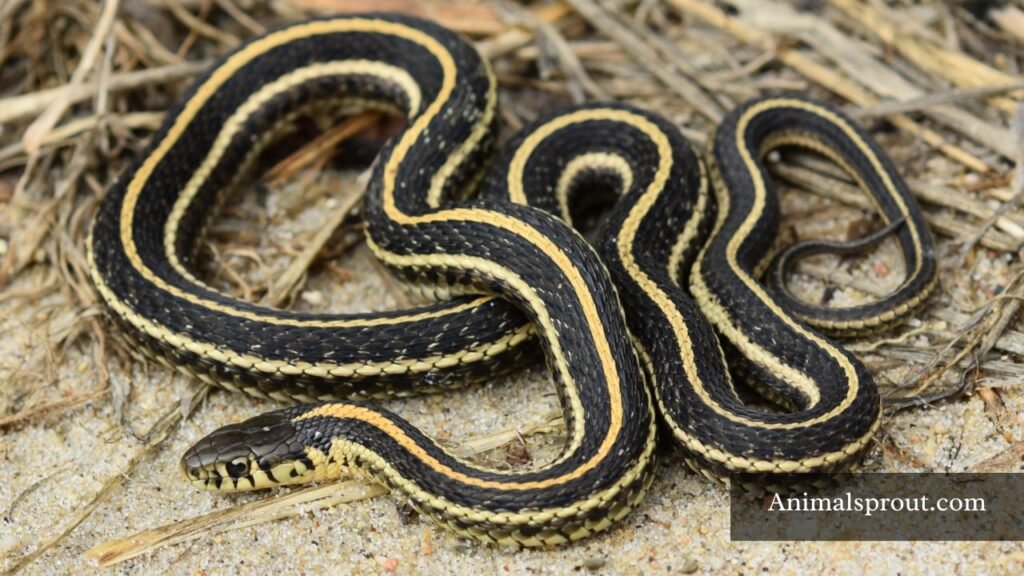
Interestingly, not all snakes hunt frogs in the same way; some, like the water snake, have developed a unique affinity for aquatic environments where frogs abound. These snakes are skilled swimmers, often diving beneath the surface to catch frogs that bask on lily pads or along the water’s edge. Their ability to adapt to different habitats highlights the diverse strategies snakes employ in their quest for survival.
Raccoons
Scientific Name: Procyon lotor
Class: Mammalia
Diet: Omnivorous
Raccoons are often seen as the clever scavengers of urban environments, but their diet reveals a more diverse palate, including a penchant for amphibians like frogs. These nocturnal bandits are opportunistic feeders, adapting their foraging habits based on the availability of food sources. In wetland areas or near ponds, raccoons become skilled frog hunters, using their dexterous front paws to flip over rocks and debris in search of these slippery creatures.
Raccoons have a unique method for consuming frogs that reflects their resourcefulness. They often target smaller species or juvenile frogs, which are easier to catch and handle. However, when larger frogs are on the menu, raccoons demonstrate a remarkable ability to exploit their environment — using tools such as stones to crack open the tough skins of larger amphibians.
Cranes
Class: Aves
Diet: Omnivorous
Cranes are often celebrated for their grace and striking beauty, but these majestic birds also play a crucial role in the ecosystem as opportunistic predators. Their diet is quite varied, and frogs make up a significant portion of it, especially in wetland habitats where both species thrive. With their long legs and sharp eyesight, cranes are adept at spotting frogs hiding among reeds or in shallow waters. This hunting technique not only showcases their agility but also highlights their adaptability to different environments.
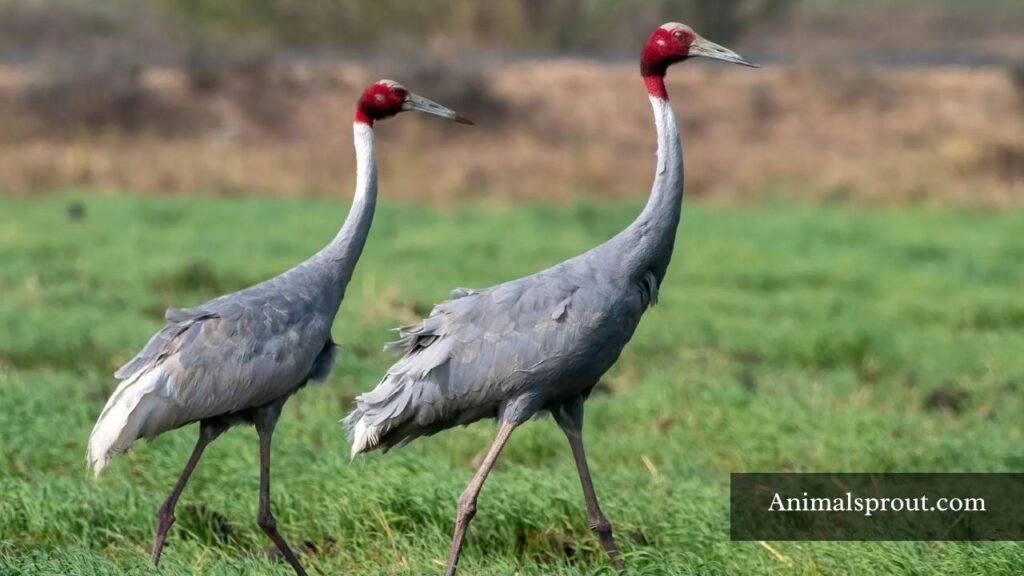
What’s fascinating is how cranes utilize their environment to hunt effectively. They often employ a methodical approach, slowly stalking their prey and using their keen sense of hearing to detect the subtle movements of frogs.
Skunks
Class: Mammalia
Diet: Omnivorous
Skunks, often associated with their potent defense mechanism, are surprisingly versatile omnivores that include frogs in their diet. These nocturnal foragers possess a keen sense of smell, allowing them to locate frogs hidden among the foliage or nestled in damp environments. While many might think of skunks as scavengers, they actively hunt and capture various prey, demonstrating their adaptability in diverse ecosystems.
What makes skunks particularly interesting is their ability to consume frogs without fear of toxins that some amphibians possess. Certain species of frogs secrete skin toxins as a defense mechanism, deterring most predators. However, skunks have developed a tolerance to these toxins, showcasing their evolutionary resilience.
Alligators
Scientific Name: Alligator mississippiensis
Class: Reptilia
Diet: Carnivorous
Alligators, the apex predators of freshwater ecosystems, have a diverse diet that often includes frogs. These formidable reptiles are well-adapted for stealthy hunting in murky waters, where they can ambush their prey with surprising speed. While frogs might seem like a small snack compared to the size of an alligator, they play a crucial role in the food web, serving as a vital source of protein for these powerful creatures.
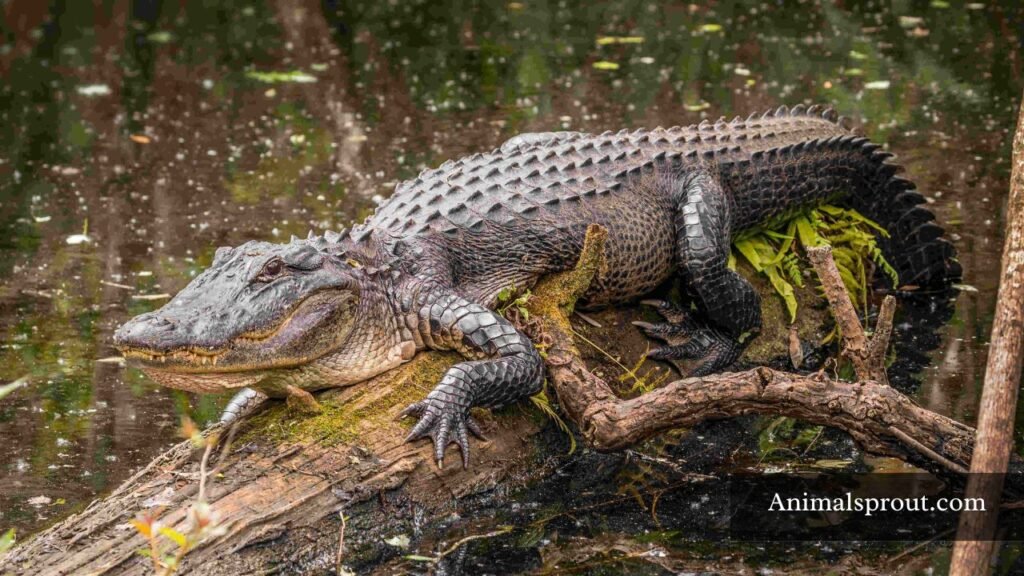
Interestingly, alligators exhibit selective feeding behavior; while they will consume a variety of prey, including fish and birds, they tend to target frogs when the opportunity arises, particularly during breeding seasons when frogs are more vocal and visible.
Herons
Class: Aves
Diet: Carnivorous
Herons, with their elegant stature and keen hunting skills, are among the most proficient predators of frogs. These tall, wading birds employ a blend of patience and precision, often standing motionless at the water’s edge, waiting for the perfect moment to strike. Their long necks and sharp beaks enable them to snatch frogs with remarkable speed, showcasing a remarkable adaptation that allows them to thrive in aquatic environments where amphibians abound.
Herons are not just opportunistic feeders; they have developed a nuanced hunting strategy that varies with the seasons and local frog populations. During the breeding season, for instance, herons may target specific frog species that are abundant in the wetlands, using their innate knowledge of prey behavior to maximize their success.
Owls
Class: Aves
Diet: Carnivorous
Owls, often revered as symbols of wisdom, are also formidable hunters with a diverse diet that includes frogs. Their exceptional night vision and silent flight enable them to stalk their prey with remarkable precision. When targeting frogs, owls utilize their acute hearing to detect the subtle movements in the underbrush or the soft croaks of their quarry, making them efficient nocturnal predators. The Great Horned Owl, in particular, is known for its adaptability, preying on various species of frogs, which can be a significant food source in wetland habitats. The dietary preferences of owls can shift based on seasonal availability, showcasing their flexibility and the intricate web of life in their habitats.
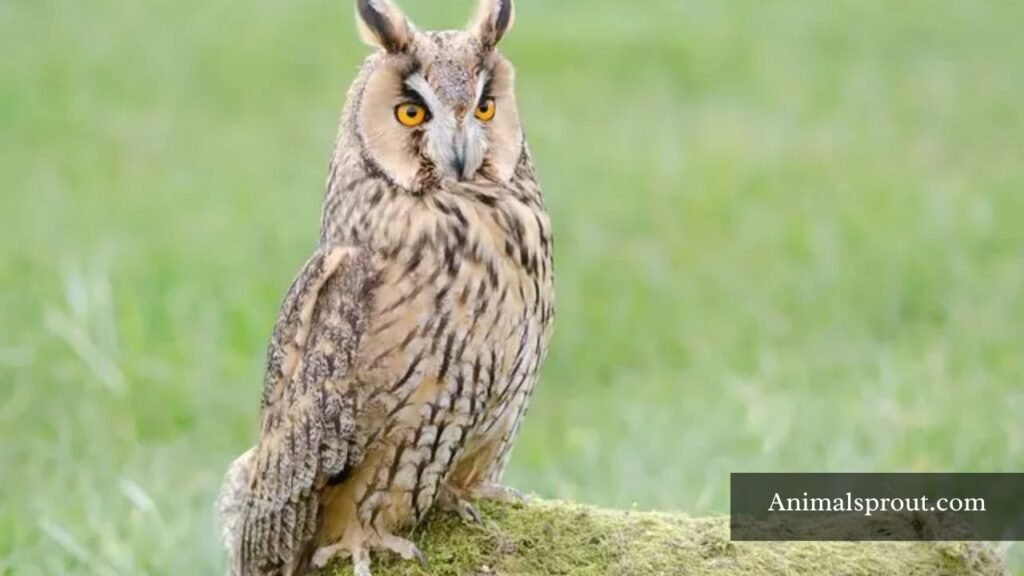
Otters
Class: Mammalia
Diet: Carnivorous
Otters, with their playful demeanor and agile swimming abilities, are often celebrated for their charming antics, but they are also formidable hunters. In the wild, these aquatic mammals exhibit a diverse diet, and frogs make a frequent appearance on their menu. Their keen senses and intelligent hunting strategies allow otters to locate frogs hidden among reeds and submerged in muddy waters. When on the hunt, otters utilize their dexterous paws to catch slippery amphibians, showcasing a remarkable blend of strength and finesse.
Observing an otter’s hunting technique offers insights into animal behavior and adaptation; their ability to use tools, such as rocks to crack open shells of other prey, showcases an intelligence that extends beyond mere survival.
Monitor lizards
Class: Reptilia
Diet: Carnivorous
Monitor lizards, with their keen hunting instincts and impressive adaptability, have carved out a niche in the ecosystem as formidable predators of frogs. These reptiles, belonging to the Varanidae family, are not just opportunistic feeders; they possess a remarkable ability to locate their amphibious prey using their acute sense of smell. Their long, forked tongues flicker in and out, tasting the air for scents that signal the presence of frogs hiding in foliage or lurking near water sources.
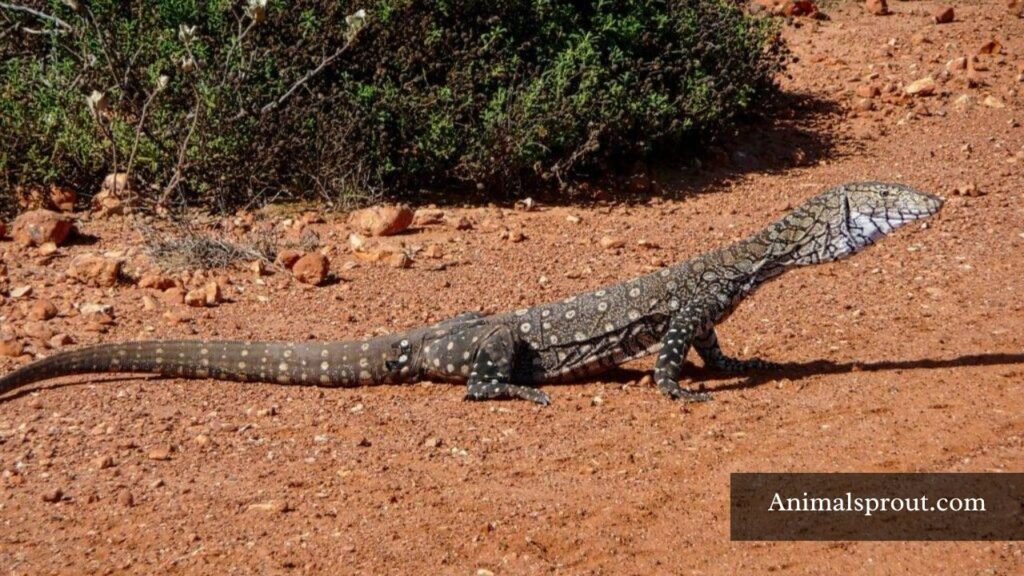
What sets monitor lizards apart is their impressive size and strength, which allow them to tackle larger frog species that might be too challenging for other predators. In some regions, they have been observed employing sophisticated ambush tactics, patiently waiting motionless until the moment is right to strike.
Pike
Scientific Name: Esox lucius
Class: Actinopterygii
Diet: Carnivorous
Pike, renowned for their voracious appetites and razor-sharp teeth, play a pivotal role in freshwater ecosystems as apex predators. These fish are not particularly picky eaters; they have a diverse diet that includes smaller fish, aquatic insects, and, notably, frogs. Their hunting technique is nothing short of fascinating. With a blend of stealth and speed, pike often lie in wait among the submerged vegetation, camouflaging themselves until an unsuspecting frog ventures too close to the water’s edge.
What makes pike truly remarkable is their ability to adapt their hunting strategies based on prey availability. In areas where frogs are abundant, these predatory fish will actively target them, showcasing a unique interplay between species in the food web.
Opossums
Class: Mammalia
Diet: Omnivorous
Opossums, often underestimated due to their unassuming appearance, play a significant role in the ecosystem as opportunistic foragers. These nocturnal marsupials possess a diverse diet that includes not just fruits and insects, but also small vertebrates like frogs. Their unique feeding habits reveal a fascinating adaptability, allowing them to thrive in various habitats from urban areas to forests. Opossums are particularly skilled at locating amphibians, which are abundant in moist environments, thanks to their keen sense of smell and agile movements.
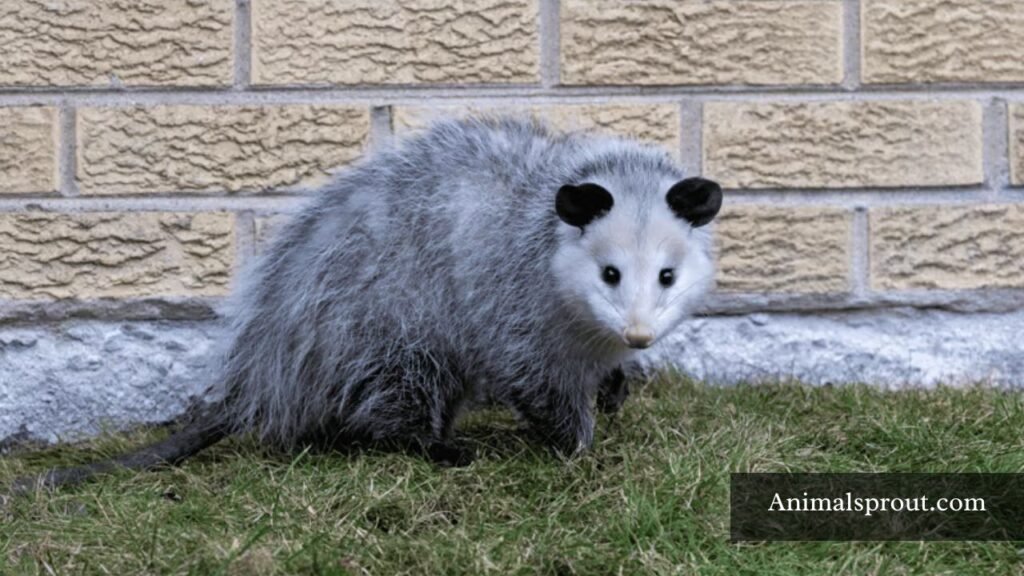
What sets opossums apart is their remarkable immunity to certain toxins found in the skin of some frog species. This trait enables them to feast on amphibians that would be harmful or even lethal to other predators.
Turtles
Class: Reptilia
Diet: Omnivorous
Turtles, particularly the larger species, are often overlooked as formidable hunters in the amphibian world. Many people envision these slow-moving reptiles basking in the sun, but beneath the surface of ponds and rivers, some turtles are adept predators that actively seek out frogs as a food source. The snapping turtle, for instance, is known for its powerful jaws and aggressive feeding behavior, which allows it to capture both adult frogs and tadpoles with ease. Their camouflaged shells help them remain hidden, enabling them to ambush unsuspecting prey.
What makes turtles even more fascinating is their varied hunting techniques. While some rely on stealth and patience, others, like the softshell turtle, employ speed and agility in the water to catch frogs off guard.
Largemouth Bass
Class: Actinopterygii
Diet: Carnivorous
Largemouth bass are often celebrated for their impressive size and aggressive feeding habits, making them a top predator in freshwater ecosystems. These fish have a diverse diet that prominently features frogs, especially during the warmer months when frogs are most active. Their keen eyesight and ability to strike swiftly allow them to ambush unsuspecting amphibians resting on lily pads or swimming near the water’s surface. This predatory behavior not only showcases the bass’s hunting prowess but also highlights the delicate balance within aquatic food webs.
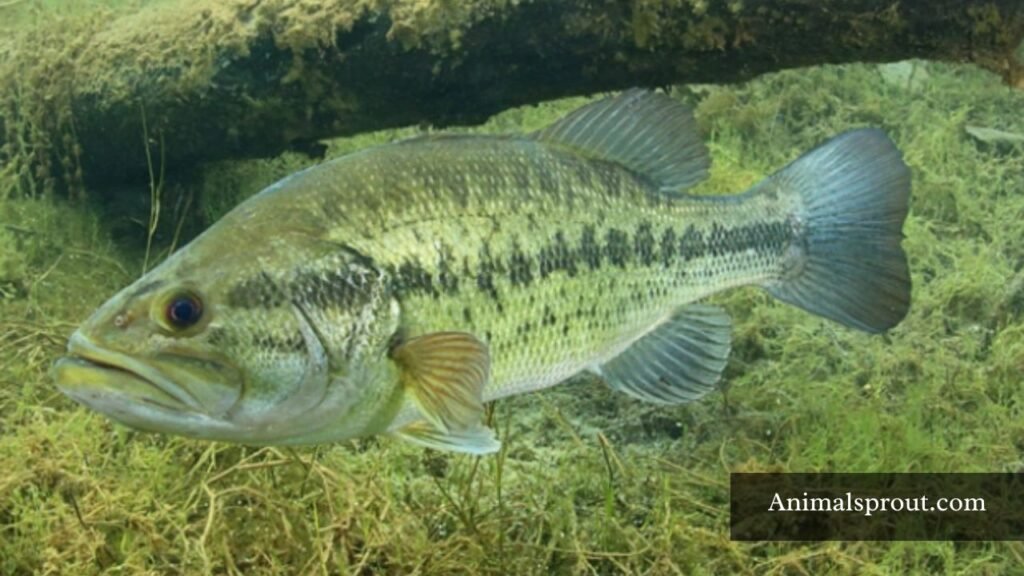
Foxes
Scientific Name: Vulpes vulpes
Class: Mammalia
Diet: Omnivorous
Foxes are cunning hunters, adept at adapting their diets based on seasonal availability. While they are often associated with small mammals and birds, frogs can also find themselves on the menu. In wetland areas, where frogs thrive, a fox may employ its keen senses to locate these elusive amphibians. Their agile movements allow them to navigate through marshy terrain, making them formidable predators.
The consumption of frogs can vary among fox species depending on their habitat. For instance, the red fox, commonly found in North America and Europe, will readily take advantage of a frog’s abundance during warmer months.
Hawks
Class: Aves
Diet: Carnivorous
Hawks are remarkable avian predators, known for their keen eyesight and agile hunting skills. Among their varied diet, frogs often make an appearance, particularly in wetland habitats where both creatures thrive. These birds of prey demonstrate a fascinating hunting technique: they soar high above their surroundings, scanning the ground for any signs of movement. Once they spot a frog, they descend with astonishing speed, using their sharp talons to snatch up their unsuspecting meal. This aerial prowess not only showcases the hawk’s physical capabilities but also highlights the delicate balance of ecosystems where predator and prey interact.
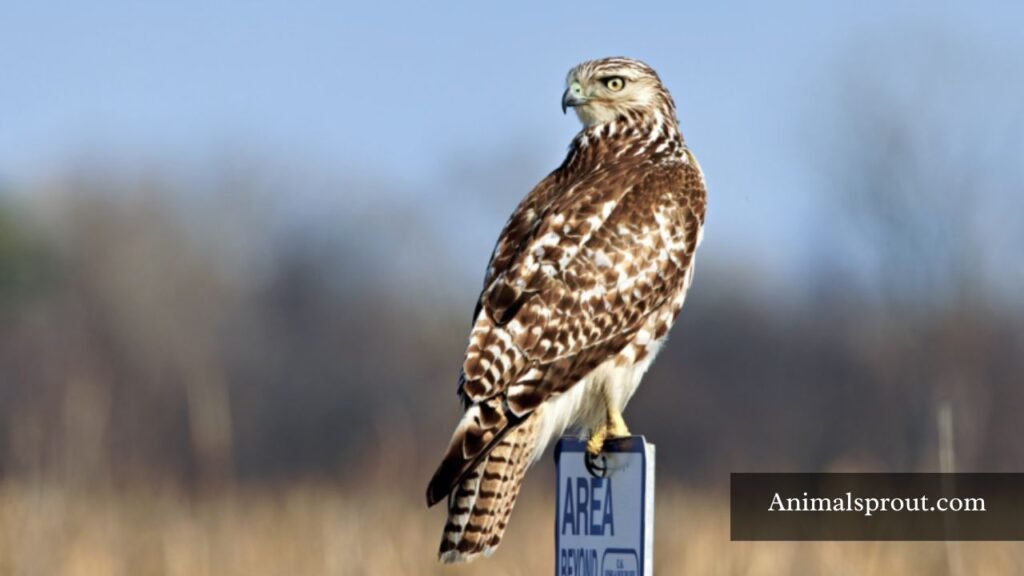
Interestingly, the type of hawk that consumes frogs can vary based on geography and habitat. For instance, red-tailed hawks may prefer open fields where they can easily spot frogs basking in the sun, while sharp-shinned hawks often hunt in densely wooded areas where amphibians hide among foliage. This adaptability allows hawks to thrive in diverse environments and underscores the importance of preserving wetland ecosystems — critical habitats for both frogs and their avian hunters.
Other frogs
Class: Amphibia
Diet: Carnivorous
Frogs, often seen as the quintessential amphibian, are not just victims of predation; they also partake in a surprising culinary twist by feasting on their own kind. This behavior, known as cannibalism, can be particularly pronounced in species like the African Clawed Frog or the Green Frog. When food becomes scarce or competition for resources intensifies, these frogs display a pragmatic adaptability that showcases nature’s ruthlessness. The larger individuals may opportunistically consume smaller ones, ensuring their survival in challenging environments.
Readmore: Explore Top 20 Animals That Eat A Lot Of Food.
Final Words
The variety of creatures that feast on frogs illustrates the complexity of food webs and the interconnectedness of species. Frogs, while often viewed as simple amphibians, are crucial components in the diets of many animals, from insects to larger mammals. This predation not only contributes to the survival of various species but also helps maintain ecological stability.
FAQs
Do snakes eat frogs?
Yes, snakes do eat frogs. Many snake species include frogs in their diet, particularly those that live in or near wetland areas where frogs are abundant. Snakes like garter snakes and water snakes are known for their frog-hunting skills.
Do wolves eat frogs?
Yes, wolves can eat frogs, though it’s not a primary food source for them. Wolves are opportunistic feeders and have a diverse diet that typically consists of larger prey like deer, elk, and moose. However, when other food options are scarce or if they’re in a habitat where frogs are abundant, they may include smaller animals like frogs in their diet.
Do monkeys eat frogs?
Yes, some monkeys do eat frogs, although it’s not a primary part of their diet. Monkeys are generally omnivorous, meaning they consume a variety of foods, including fruits, leaves, insects, and small animals. Depending on the species and their habitat, some monkeys may catch and eat frogs when the opportunity arises. Baboons, Macaques and capuchin monkeys have been observed consuming frogs along with other small vertebrates.
